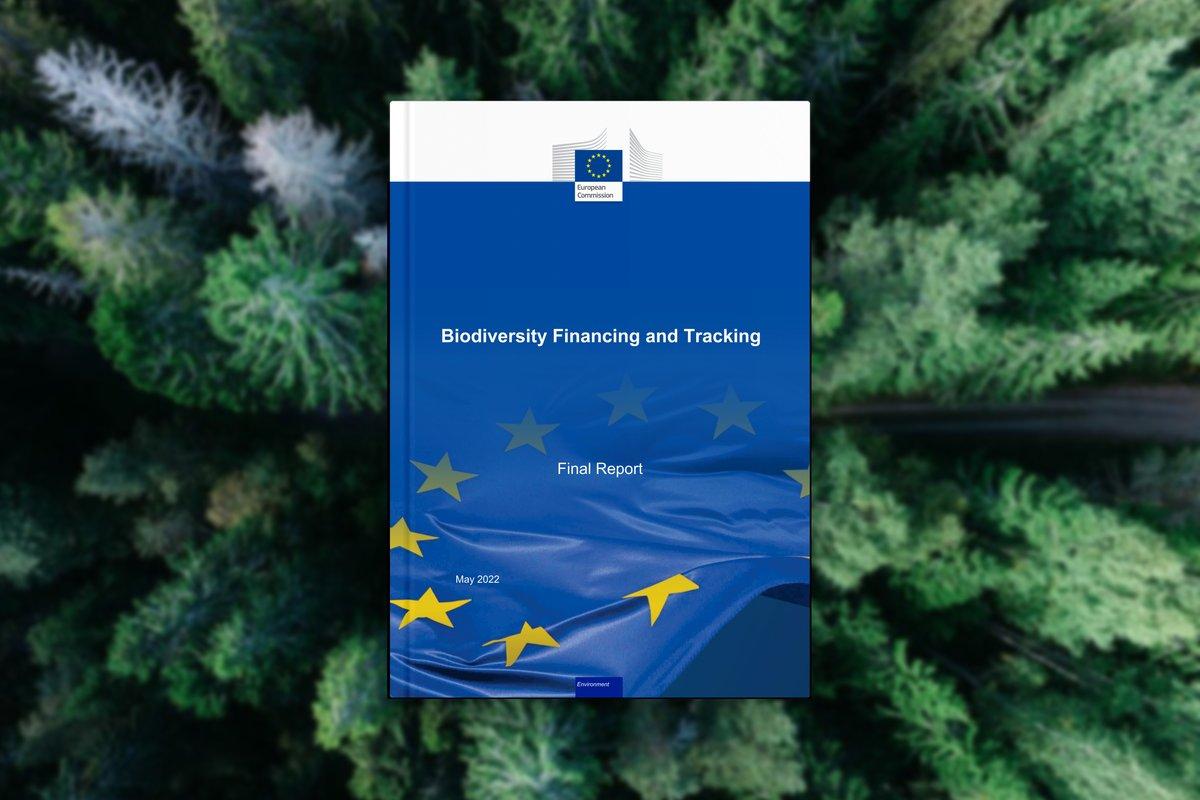AUTHORS: Evelyn Underwood, Gabrielle Aubert, Kaley Hart, Martin Nesbit, Kym Whiteoak (Trinomics), Matt Rayment
The Interinstitutional Agreement for the 2021-2027 Multiannual Financial Framework (MFF) set the ambition to provide a minimum of EU annual spending to biodiversity objectives, starting with 7.5% in 2024 and at least 10% in 2026 and 2027. From 2022, the European Commission must report annually on spending for the biodiversity objective.
This report was carried out by IEEP and Trinomics to assist the European Commission in improving its methodology for tracking biodiversity-related expenditure and estimating the funding needs and gaps to implement the Biodiversity Strategy to 2030.
The work comprises two tasks:
- A detailed analysis of the 2014-2020 Commission methodology for biodiversity tracking in the EU budget, and of other biodiversity tracking systems, accompanied by recommendations for improvement.
- An assessment of financing needs for achieving the EU’s biodiversity policy objectives for 2030, with a comparative assessment of current finance flows from the EU budget and other sources.
Initial findings from the two tasks were presented to, and discussed with, stakeholders at an online workshop in November 2021, and the final report benefits from a wide range of insights and information gathered from those discussions and from the case studies, interviews and correspondence carried out by IEEP and Trinomics.
An improved methodology for tracking biodiversity-related expenditure in the 2021-2027 MFF
The Commission’s approach to biodiversity tracking is based on the OECD Rio Markers approach, which marks specific activities for their expected benefit for biodiversity as principal (which are marked at 100%), significant (40%) or not targeted (0%). Our approach to developing recommendations for the 2021-2027 period reflected the urgency of developing a clear methodology, and as agreed with the Commission were to: avoid major change to current methodologies and continue using the Rio Markers approach for now; focus on expected impacts, wherever possible, rather than only on the stated objectives of expenditure; and aim for consistency, wherever possible, with the methodology adopted for climate tracking in the 2021-2027 period, except where this is not feasible or does not allow for accurate and consistent results.
We make a set of cross-cutting recommendations:
- Take great care when using the 40% expenditure marker, and increase the focus on ex post evaluation of its accuracy
- Use the right language: Referring to the total of 100% and 40% tracked expenditure as “expenditure on biodiversity” is potentially misleading. Commission communications material generally refers more cautiously to “contributing to” or “addressing” biodiversity, and this approach should continue, in line with the wording in the Interinstitutional Agreement
- Harmonise Member State financial reporting to the CBD – Commission and Member States should (i) support broader efforts to harmonise financial reporting to the CBD, and (ii) improve consistency of EU reporting.
The report also makes specific recommendations for applying the Rio markers for relevant EU funding programmes.
Estimating the financing needs and gaps of delivering the EU Biodiversity Strategy to 2030
The report finds that at least EUR 48 billion are required annually between 2021 and 2030 to deliver the objectives of the EU Biodiversity Strategy to 2030. It includes an estimated average EUR 15 billion annually from the MFF and an estimated average of EUR 14 billion of Member State expenditure. The funding gap therefore amounts to nearly EUR 19 billion a year from 2021 to 2030 (EUR 187 billion over the whole period). The report describes the uncertainties and caveats of the methods and data used for estimating biodiversity spending over the last five years, and in the extrapolation of this spending into the future.
The results of the study have been used in the EU draft budget estimate for 2023. The methodology for tracking the biodiversity objective was largely updated in line with this study, but without changing the CAP tracking approach. The budget report states that the estimates of the contributions of the EAGF and EAFRD funds will be updated ‘in line with the CAP strategic plans as finally approved.’
© Photo by Geran de Klerk on Unsplash


